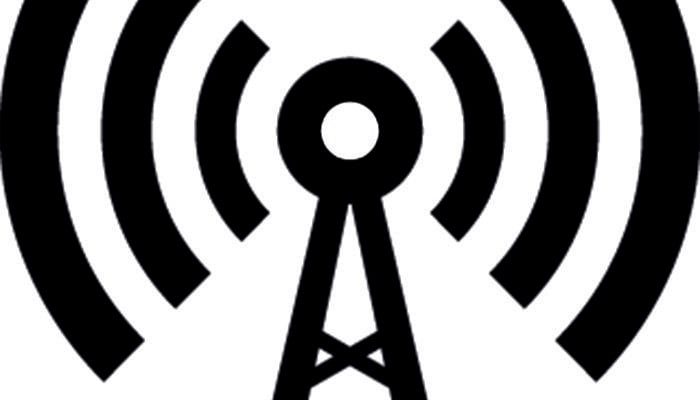The Big Discussion: The Internet of Things (part three)
Jul 28, 2017 • Features • Future of FIeld Service • Mark Brewer • Mark Homer • Paul Whitelam • ClickSoftware • IFS • IoT • servicemax • The Big Discussion
In the Big Discussion we take one topic, bring together three leading experts on that topic and put four key questions to them across four weeks to help us better understand its potential impact on the field service sector...
This time around we turn to a brand new topic which is the Internet of Things and our experts are Paul Whitelam, ClickSoftware, Mark Homer, ServiceMax from GE Digital and Mark Brewer, IFS...
The first question of this topic was "Just how big is the potential impact of IoT on Field Service?" whilst the second answered was "Is IoT now making the shift from early adoption to mass adoption amongst field service companies?"
So let's move onto the third question of the topic...
Question Three: What are the challenges of implementing an IoT strategy within field service operation?

One of the biggest challenges of marrying IoT and field service is developing the technological infrastructure to capture, process, and respond to the data collected by IoT-enabled assets. Turning voluminous data into business intelligence will require service organisations to completely rethink their operations.
If a machine can tell you an uncomplicated part needs replacement, will you be able to dispatch a junior (and therefore less expensive) resource to provide maintenance; or simply deliver the part to the customer by drone? Will you be able to do so without human intervention? Will you be able to use IoT data to optimise scheduling preventive maintenance while reserving capacity for emergency work?
In order to fully realise the benefits of IoT, field service organisations will need to incorporate artificial intelligence driven service automation solutions that integrate with their other systems. IT support will be increasingly important, as well as expertise in data science.

There are still some hurdles to overcome in the wider context, such as security, data storage, infrastructure demands, and the knock-on effects across a company’s wider IT systems. But many of the data protection issues and cyber threats have been addressed by the development of more sophisticated edge computing devices and edge to Cloud technologies, as well as putting some of intelligence and logic (AI) power and computing next to the critical asset. Very few companies have the expertise in-house required to protect industrial data, so you should engage data science cyber security specialists where it makes sense.
There’s also the question of who in a company can best lead the digital charge. Companies need a person or team that can bridge the gap between IT, service and operations so that all competing priorities are met. It’s an easier issue for larger companies to address as they have a greater breadth of talent pool and a wider range of skills.
I also think mindset can be an inhibitor or an accelerator. Most people can think big, but the potential of the Industrial Internet means you can think bigger. You’ve got to sit down and look of the art of the possible and then map a digital strategy to it. There’s lots of help available in this area, such as dedicated foundries, maturity assessments et al, but people don’t know they exist.

Like many things, it depends:
If equipment is high-value and expected to have a long life, you need to retrofit them with sensors.
Those sensors may be 3rd-party.
Many facilities, even today, have limited bandwidth available to them. This can make transmitting data from many sources challenging.
For third-party service providers there’s the question of data ownership. Who owns information collected about how equipment is being used and is performing? The service provider? The OEM? The customer?
Fundamentally, the biggest challenge with adopting and implementing IoT is having the right structure and systems in place to maximise its value. It doesn’t serves an organisation to have the ability to collect data from assets if that data is not processed and actioned in real-time.
Organisations need business process intelligence, optimised field service management, and real-time visibility to truly maximise the potential of IoT.
Next weeks the final question of this topic: Are field service companies who are not adopting IoT at risk of becoming non- competitive?





















 Field Service News is published by 1927 Media Ltd, an independent publisher whose sole focus is on the field service sector. As such our entire resources are focused on helping drive the field service sector forwards and aiming to best serve our industry through honest, incisive and innovative media coverage of the global field service sector.
Field Service News is published by 1927 Media Ltd, an independent publisher whose sole focus is on the field service sector. As such our entire resources are focused on helping drive the field service sector forwards and aiming to best serve our industry through honest, incisive and innovative media coverage of the global field service sector.
Leave a Reply